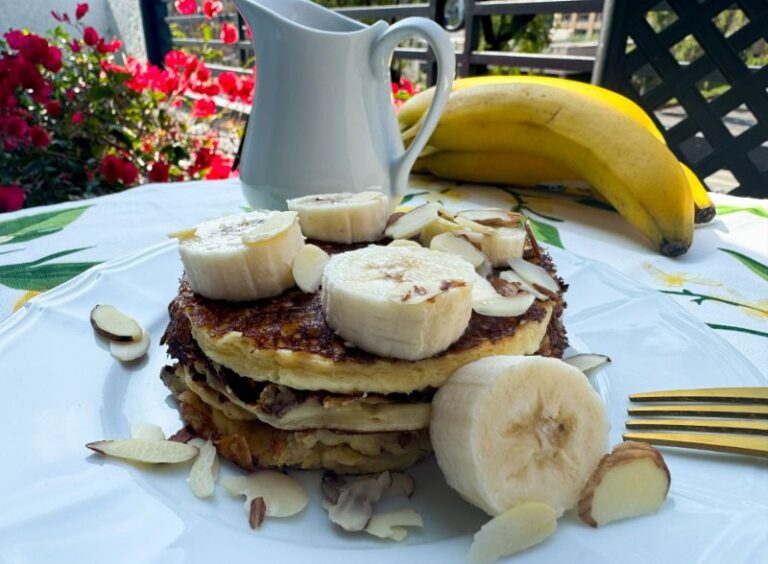
My Curated Tastes is reader-supported. When you buy through links on our site, we may earn an affiliate commission at no extra cost to you. As an Amazon Associate I earn from qualifying purchases.
These healthy almond flour pancakes get a major protein boost from the use of eggs, fat-free cottage cheese and almond flour. I top them with sliced bananas, some sliced toasted almonds and a little sugar-free maple syrup for a super start to my day. The protein fills me up and the taste is amazing.
For all you cottage cheese haters out there, I really don’t think you hate cottage cheese. I’m pretty sure it is the texture you aren’t fond of. By blending the mixture, everything is smooth and that texture problem is eliminated. However, if you’ve decided to dig your heals in, go ahead and substitute no-fat or low-fat ricotta cheese. That works great too.
Cottage cheese is definitely having a “moment” and I’m seeing everyone using it for everything on social media. Once I started playing with it, I realized the masses were right…this is an incredibly versatile ingredient. I’ve used it in both sweet and savory recipes and the protein boost to everything is amazing. While I personally try to increase my protein intake while eliminating saturated fats and calories, I use the fat-free version but please feel free to use low-fat or full fat cottage cheese. It is a great source of protein and I think you are really going to like it when you start playing with it. I recently used it to make a cottage cheese cake that was amazing. Stay tuned, many more to come.
Why Almond Flour Pancakes Are a Game-Changer
Say goodbye to heavy, wheat-based pancakes and hello to a lighter, more nutritious breakfast option! Almond flour pancakes are the perfect solution for anyone looking to enjoy a delicious morning treat while maintaining a healthier lifestyle. These pancakes are not just a meal – they’re a culinary experience that combines nutrition, flavor, and pure breakfast joy.
Whether you’re following a gluten-free diet, watching your carb intake, or simply looking to switch up your breakfast routine, almond flour pancakes are about to become your new morning obsession.
The Magic of Almond Flour in Pancakes
Almond flour isn’t just a trendy ingredient – it’s a nutritional powerhouse that transforms ordinary pancakes into something extraordinary. Unlike traditional wheat flour, almond flour brings:
- High protein content
- Low carbohydrate profile
- Rich, nutty flavor
- Incredible moistness
- Gluten-free goodness
These pancakes are more than just a breakfast item – they’re a way to start your day with a nutritious, delicious meal that leaves you feeling satisfied and energized.
Tips for Pancake Perfection
Mixing Techniques
- Whisk dry ingredients separately from wet ingredients
- Gently fold ingredients together
- Avoid overmixing – this can lead to tough pancakes
Cooking Tips
- Use a non-stick skillet or griddle
- Cook on medium-low heat
- Watch for bubbles to form on the surface before flipping
- Use a small amount of butter or oil between batches
Variations and Add-Ins
Customize your almond flour pancakes with these delicious options:
- Fresh berries
- Chocolate chips
- Sliced almonds
- Cinnamon
- Lemon zest
- Coconut flakes
Common Challenges and Solutions
Dealing with Almond Flour Texture
- Almond flour can be denser than wheat flour
- Add an extra egg for binding
- Use a combination of almond flour and coconut flour for lighter texture
- This recipe creates a thin batter – use a ring mold to contain the pancakes
Preventing Dry Pancakes
- Don’t skimp on wet ingredients
- Add a touch of milk if batter seems too thick (I haven’t had this issue, but make note in case it happens to you) Regular, skim and almond milk are good choices.
- Let batter rest for 5 minutes before cooking
As a home cook, few breakfast frustrations compare to watching your carefully prepared almond flour pancakes crumble when you try to flip them. If you’ve experienced this common issue, you’re not alone. Let’s explore why almond flour pancakes tend to fall apart and provide practical solutions to help you achieve perfect, intact pancakes every time.
The Science Behind Crumbly Almond Flour Pancakes
Almond flour pancakes can be tricky because almond flour behaves very differently from traditional wheat flour. Understanding these differences is the first step to solving the problem:
Lack of Gluten
Unlike wheat flour, almond flour contains no gluten—the protein that provides elasticity and structure to baked goods. Without this natural binding agent, your pancakes lack the structural integrity that helps them hold together during cooking and flipping.
Higher Fat Content
Almond flour has significantly more fat than wheat flour. While this contributes to a rich, tender texture, it also makes pancakes more delicate and prone to breaking apart.
Low Starch Content
Starch helps bind ingredients together and absorb moisture. Almond flour contains very little starch compared to wheat flour, resulting in a looser batter that doesn’t hold its shape as well.
Common Mistakes That Lead to Falling-Apart Pancakes
Beyond the inherent properties of almond flour, several cooking practices might be sabotaging your pancake success:
Insufficient Binding Ingredients
If your recipe doesn’t include enough eggs or other binding agents, the pancakes won’t have the necessary “glue” to stay together.
Improper Pan Temperature
A pan that’s not hot enough won’t allow the pancakes to set quickly on the bottom, making them more likely to break when flipped. Conversely, a pan that’s too hot can burn the outside before the inside has time to set.
Premature Flipping
Patience is key! Flipping too early, before the first side has properly set, almost guarantees broken pancakes.
Incorrect Spatula Technique
Using a spatula that’s too thick or not getting it completely under the pancake can tear your delicate creation.
Poor Pan Surface
Even with proper technique, pancakes can stick to the cooking surface if it’s not adequately non-stick or properly greased.
Solutions for Perfect Almond Flour Pancakes
Now for the good news—with a few adjustments to your ingredients and technique, you can achieve fluffy, intact almond flour pancakes:
Enhance Your Batter
- Add More Eggs: Eggs are natural binders. Try adding an extra egg to your recipe, which will help hold everything together.
- Incorporate Binding Agents: A quarter teaspoon of xanthan gum or a tablespoon of psyllium husk can dramatically improve structure without affecting flavor.
- Include Some Starch: Adding 1-2 tablespoons of arrowroot powder, tapioca starch, or cornstarch to your batter can help bind ingredients together while maintaining a gluten-free profile.
- Consider a Flour Blend: Mix almond flour with a small amount of coconut flour (which absorbs moisture) or a gluten-free flour blend to improve binding properties.
- Let the Batter Rest: Allow your batter to sit for 5-10 minutes before cooking. This gives the ingredients time to hydrate properly and can improve cohesion.
Perfect Your Cooking Technique
- Use a Quality Non-Stick Pan: A good non-stick surface is crucial for almond flour pancakes. Cast iron or ceramic non-stick pans work well when properly seasoned or greased.
- Get the Temperature Right: Medium-low heat is usually best for almond flour pancakes. The pan should be hot enough that water droplets sizzle on contact but not so hot that they immediately evaporate.
- Be Patient Before Flipping: Wait until you see bubbles forming and popping on the surface and the edges beginning to look set and slightly dry—this usually takes about 3-4 minutes.
- Keep Pancakes Small: Smaller pancakes (about 3-4 inches in diameter) are easier to flip successfully than large ones.
- Use the Right Spatula: A thin, flexible spatula that can completely get under the pancake makes flipping much easier.
- Cover While Cooking: Using a lid traps steam, which helps cook the pancake through more evenly before you need to flip it.
- Generous Greasing: Even with a non-stick pan, use a little more oil or butter than you might with regular pancakes.
- Flip with Confidence: Hesitant, partial flips often lead to breakage. Get the spatula completely under the pancake and flip with one confident motion.
Troubleshooting Guide
If you’re still having issues after trying these solutions, consider these specific problem-solution pairs:
Problem: Pancakes are sticking to the pan despite using oil. Solution: Your pan might not be hot enough when you add the batter. Try heating the pan first, then adding oil, then the batter.
Problem: The pancakes cook on the outside but remain gooey inside. Solution: Lower your heat and cook for longer on each side, or cover the pan to help the heat penetrate more evenly.
Problem: Pancakes break in half during flipping despite being cooked enough. Solution: Try making them smaller, or add an additional binding agent to your recipe.
Problem: The batter is too thick and doesn’t spread. Solution: Add a tablespoon of milk (or almond milk) at a time until you reach the desired consistency.
Problem: The batter is too runny and spreads too thin. Solution: Add a tablespoon of almond flour or a teaspoon of coconut flour (which is highly absorbent) to thicken the batter.
Recipe-Saving Emergency Fixes
If you’ve already mixed your batter and it’s not holding together well during cooking, try these emergency fixes:
- Add an extra egg: Beat it separately, then mix it into your existing batter.
- Incorporate a mashed banana: This adds natural binding properties and sweetness.
- Stir in a tablespoon of nut butter: This can help bind the ingredients while complementing the almond flavor.
- Convert to a different format: If all else fails, turn your batter into a delicious skillet pancake (cooked like a frittata) that doesn’t require flipping.
With these comprehensive solutions, you’ll be well on your way to mastering almond flour pancakes that are both delicious and structurally sound. Remember that working with alternative flours often requires some experimentation, but the nutritional benefits and unique flavors make it well worth the effort!
Nutritional Benefits
Almond flour pancakes offer significant nutritional advantages:
- Lower in carbohydrates
- Higher in protein
- Rich in vitamin E
- Contains healthy fats
- Gluten-free
- Suitable for many dietary restrictions
Serving Suggestions
Toppings and Accompaniments
- Sugar-free maple syrup
- Fresh berries
- Whipped cream
- Nut butter
- Sugar-free chocolate sauce
- Sliced almonds
- Agave
- Honey
How to make almond flour pancakes
Let’s get started on this almond flour pancakes recipe. Gather all your ingredients and your blender.
What I love about this recipe is that it is made with almond flour which adds amazing flavor but makes this a gluten free pancake recipe. While I’m not gluten free, I can’t believe how many people are! So having gluten free protein pancakes in my repertoire is really helpful! You are getting additional protein using the almond flour and when combined with the eggs and cottage cheese, you get protein pancakes with no protein powder needed. You are just using all natural protein rich ingredients…I love that.
This is a fast recipe and everything gets blended together to create the pancake batter. Almond flour banana pancakes come together in a flash. Simply add all the ingredients to a blender, hit blend and let it go until the batter is perfectly smooth…about 1 minute.
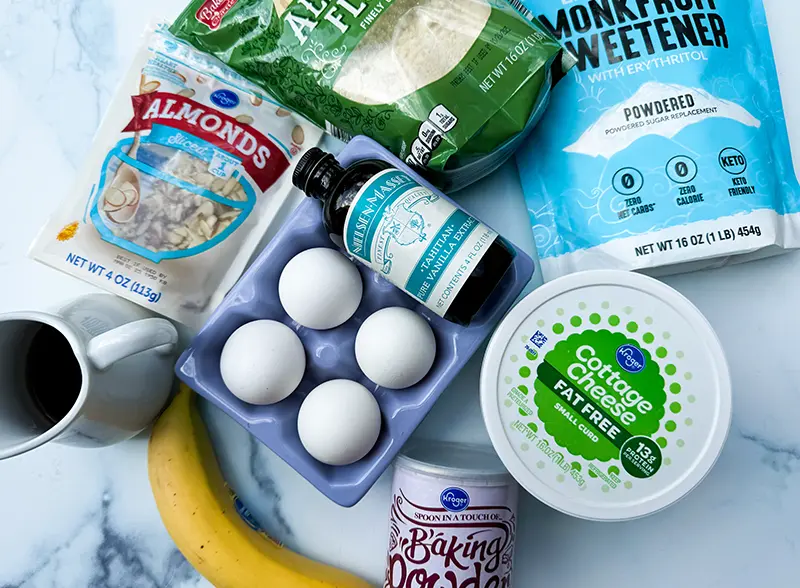
You are now ready to make the pancakes. Heat a pancake griddle or flat griddle pan over medium-high heat. I just use cooking spray but it you want to indulge, add butter to the pan and let it melt. FYI: You’ve heard the rumors and if you’ve made pancakes, you know it to be true, the first batch, never turns out right. I’ve never figured it out but I have learned to cook just one pancake on the first round. This way, although it isn’t perfect, I haven’t wasted batter AND I have a snack while I cook the rest.
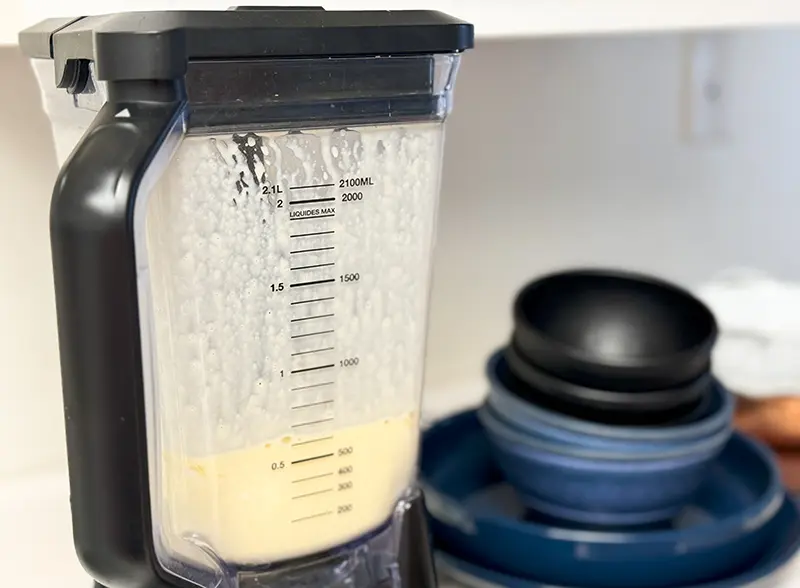
Now that you have finished with that “test” pancake, spray your skillet again. I use these amazing silicon ring molds to make my pancakes. Besides the fact that it ensures that every pancake is the same size and shape, it holds this thin batter in place. These pancakes almond flour batter is thin, it tends to spread out. Using the ring mold contains the batter and works great. No ring molds? No sweat. You’ll just have thinner, rustic pancakes that taste just as good. FYI: Add a 3rd and/or 4th egg to the batter and it gets really thin, and makes the perfect crepe batter…just a bonus tip!!!
I use a quarter cup measuring cup to pour in the batter. Let the pancakes set (you’ll see the edges set up and get slightly browned). This will take about 1 1/2 – 2 minutes. Gently flip them over and let them finish cooking on the second side. That will take another minute or two.
Stack them on a plate and serve. If I’m cooking a lot of pancakes, I will put these on a baking sheet and keep them in a 200 degree F. oven until all my pancakes are finished. This will keep them nice a warm until you are ready to serve. This is a great tip when cooking for larger groups.
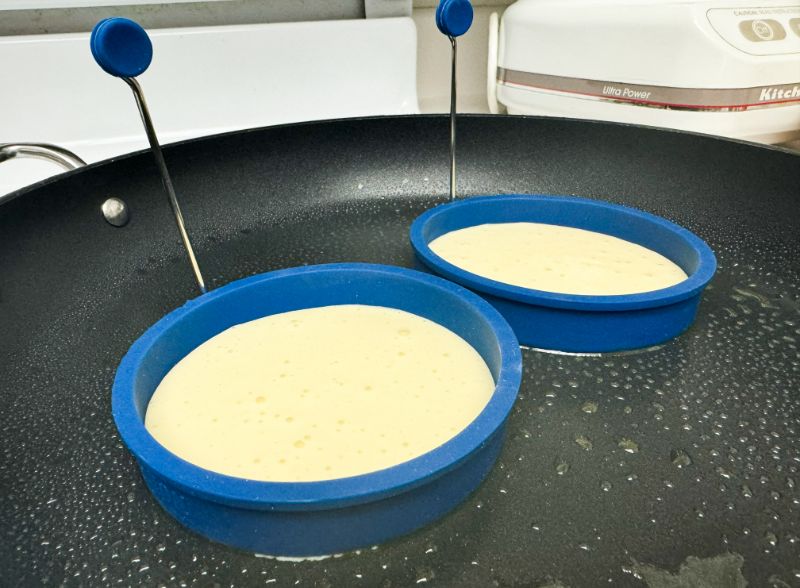
I stack these on individual plates and top with sliced bananas, sliced almonds and sugar-free maple syrup. You can toast the almonds for a couple of minutes in a non-stick skillet over medium heat to bring out that nutty taste. Do that before cooking your pancakes.
Yes, of course you can use real maple syrup, honey or agave. They all work. (I know you wanted to ask!!!) Don’t like bananas? Try fresh berries. Of course, you can use other nuts too. I like chopped, toasted pecans with these as well.
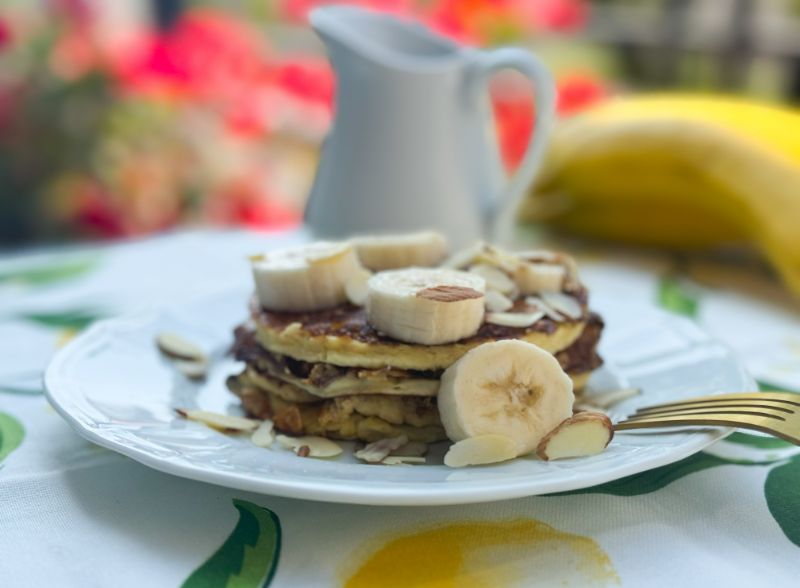
Did you like this recipe? Please leave a rating and comment below. How did you top your pancakes? Looking for other pancake recipes? Try some of these:
Kodiak Cakes Apple & Walnut Sheet Pan Pancakes
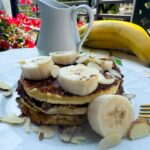
Almond Flour Pancakes
Nutritional information is only an estimate. The accuracy of the nutritional information for any recipe on this site is not guaranteed.
Ingredients
- 2 Eggs
- 8 Oz. Fat-free cottage cheese
- ½ Cup Almond flour
- 1 Tsp. Vanilla extract
- ½ Tsp. Baking powder
- 1 Tbsp. Lakanto or Swerve sugar substitute
TO SERVE:
- 1 Sliced banana
- 2 Tsp. Sliced almonds
- Sugar-free maple syrup
Instructions
- In a blender, mix eggs, cottage cheese and vanilla. Add in the almond flour, sugar and baking powder. Blend until smooth.
- Heat a griddle pan with cooking spray over medium-low heat. Drop ¼ cupful of the batter onto the griddle for each pancake, and cook until golden brown. Flip and cook on the other side until brown. About 2-3 minutes per side.
- Serve topped with sliced bananas, sliced almonds and warm syrup. Enjoy!

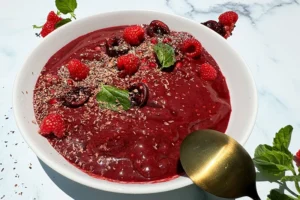




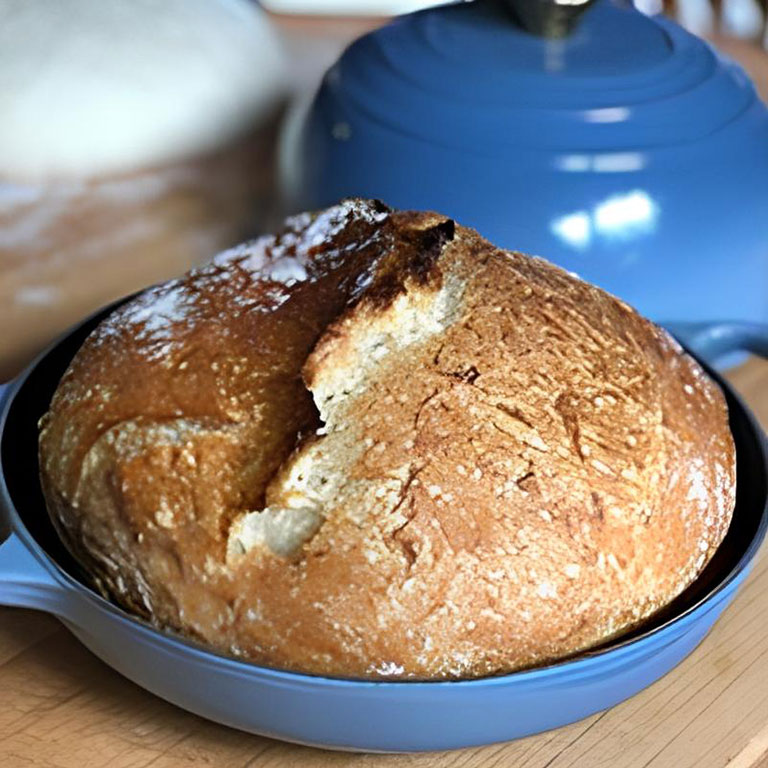
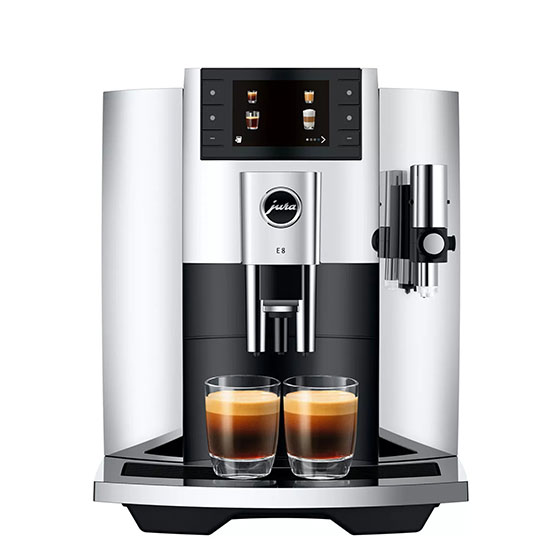
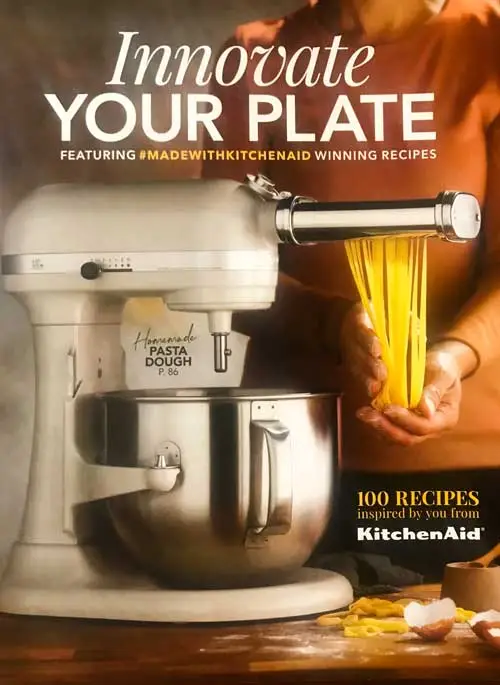
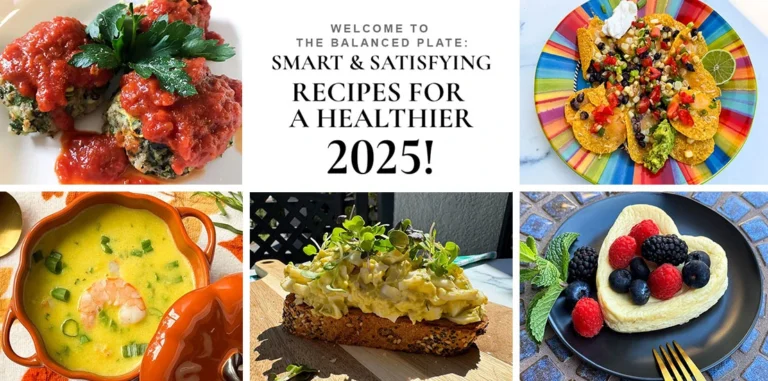

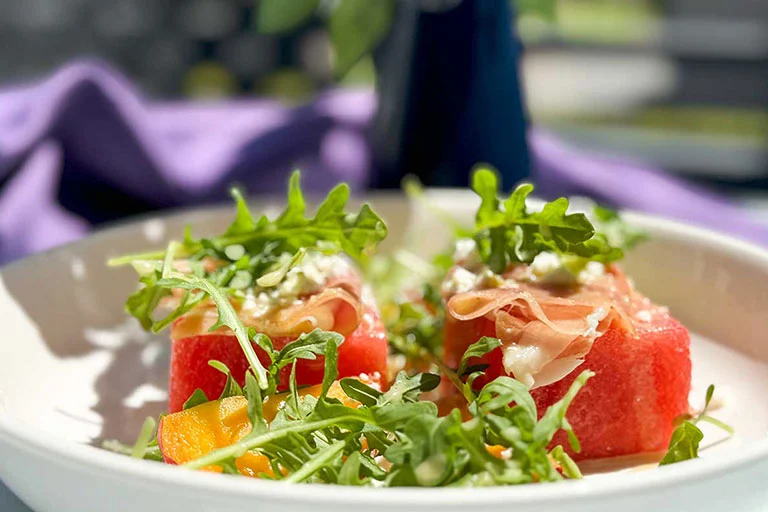
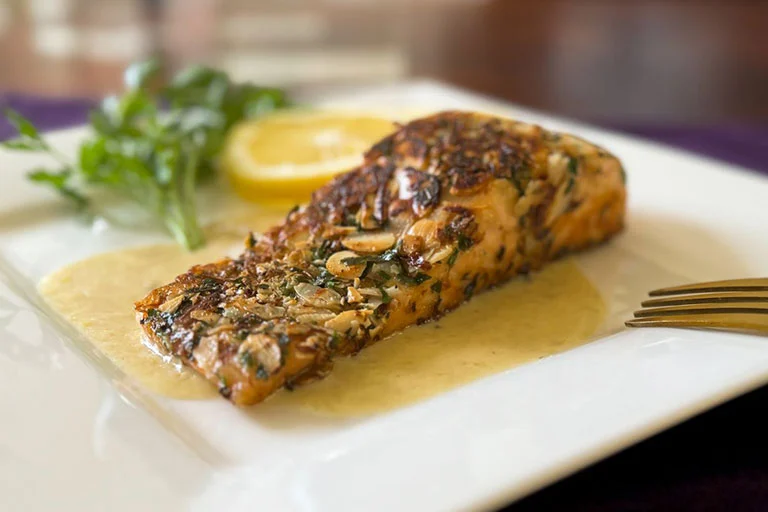




2 thoughts on “Almond Flour Pancakes”
Really did not work for me at all. Not enough structure. Almost tossed the majority of the batter and then decided to add a bit of oat flour to see if I could save it. A few tablespoons mixed into the batter actually did the job, managed to salvage the remainder of the batch. Anyway, perhaps this is why so many Keto recipes call for coconut flour or xantham gum? I don’t do Keto, but try for balanced carbs and whole grains so the oat flour was a good solution in my case. Anyway, not sure what I did wrong. Maybe over whipping in the Nutribullet when I pureed the cottage cheese?
Hi Anastasia: Thanks for leaving your comment. This does produce a thin batter…did you use a ring mold to contain the batter? I find that using the molds does the trick and keeps the batter from running and getting too thin. I’m glad you didn’t abandon the recipe and tried adding some oat flour – great save! That’s what makes cooking so much fun, right? I’m not keto either, but do try for a healthy balance of whole grains and alternatives to processed white flour. I love the flavor in these pancakes and if you didn’t use the molds, you might want to try that next time. I do have an oatmeal flour pancakes recipes you should try too. https://mycuratedtastes.com/oatmeal-flour-pancakes/ Hope you’ll try it. Can’t wait to hear from you again.
Comments are closed.